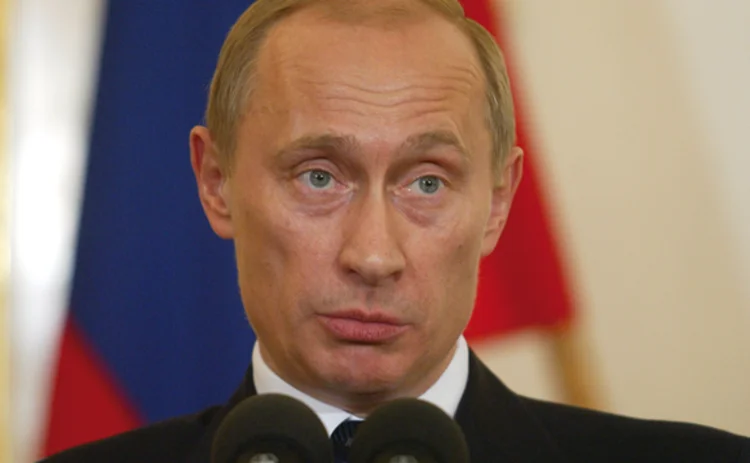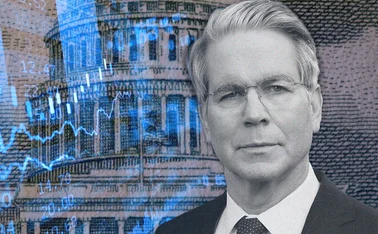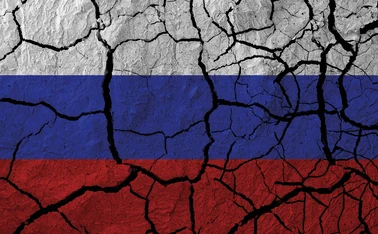
Bank of Russia caps daily forex interventions
Value of the ruble ‘will be determined predominantly by market factors'

The Bank of Russia today announced it will limit daily foreign exchange interventions to $350 million in a bid to "further increase" the flexibility of the ruble.
The central bank also introduced a new, 12-month forex repo instrument aimed at ensuring the Russian banking sector has access to dollars amid "restricted access to international capital markets".
The measures, both effective from today, follow a tumultuous month that saw the Bank of Russia spend more than $30 billion to defend the
Only users who have a paid subscription or are part of a corporate subscription are able to print or copy content.
To access these options, along with all other subscription benefits, please contact info@centralbanking.com or view our subscription options here: subscriptions.centralbanking.com/subscribe
You are currently unable to print this content. Please contact info@centralbanking.com to find out more.
You are currently unable to copy this content. Please contact info@centralbanking.com to find out more.
Copyright Infopro Digital Limited. All rights reserved.
As outlined in our terms and conditions, https://www.infopro-digital.com/terms-and-conditions/subscriptions/ (point 2.4), printing is limited to a single copy.
If you would like to purchase additional rights please email info@centralbanking.com test test test
Copyright Infopro Digital Limited. All rights reserved.
You may share this content using our article tools. As outlined in our terms and conditions, https://www.infopro-digital.com/terms-and-conditions/subscriptions/ (clause 2.4), an Authorised User may only make one copy of the materials for their own personal use. You must also comply with the restrictions in clause 2.5.
If you would like to purchase additional rights please email info@centralbanking.com test test test







